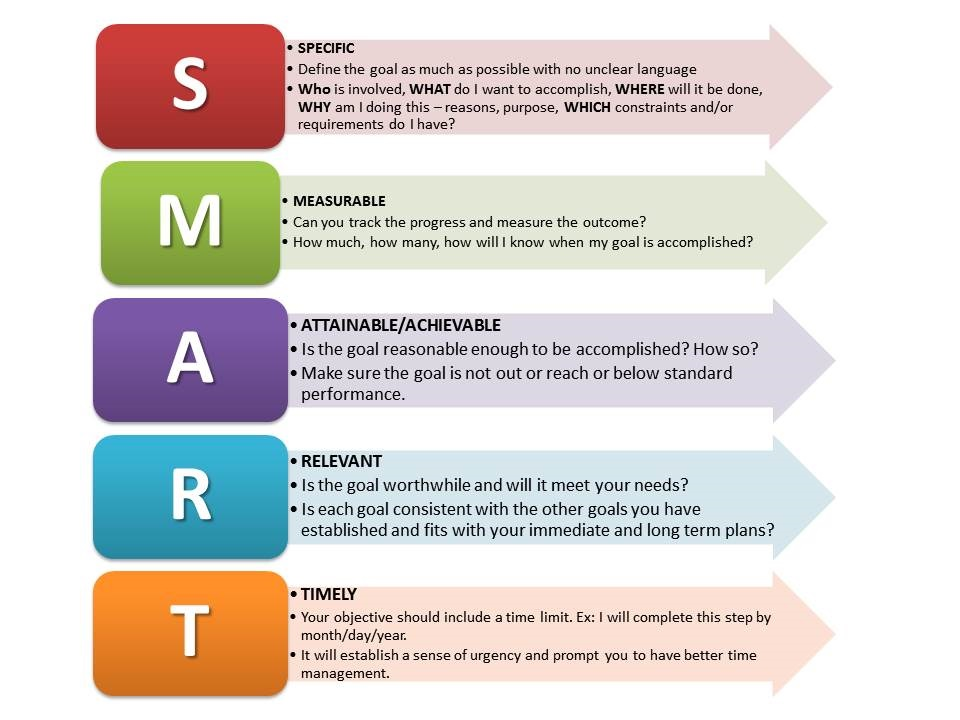
Avoiding jargon and technical terms
Avoiding jargon and technical terms, especially when communicating with a non-specialist audience, is crucial for ensuring your message is clear and accessible. Jargon and overly technical language can create barriers to understanding and engagement. Here are strategies to help you avoid or appropriately handle jargon and technical terms:
1. Know Your Audience
- Assess the level of expertise and familiarity your audience has with your subject. Tailor your language accordingly.
2. Use Simple, Everyday Language
- Replace complex terms and jargon with simpler, more common words.
- Example: Instead of “We need to optimize our bandwidth,” say “We need to improve our internet speed.”
3. Explain or Define When Necessary
- If you must use technical terms or jargon, provide a simple explanation or definition the first time you use them.
- Example: “We will implement an SEO (Search Engine Optimization) strategy to improve our website’s visibility on search engines like Google.”
4. Use Analogies and Metaphors
- Analogies and metaphors can help translate complex ideas into more relatable terms.
- Example: “Think of our data network like a highway – the more lanes we have, the more traffic (data) it can handle without congestion.”
5. Avoid Acronyms or Abbreviations
- Spell out acronyms and abbreviations on first use, followed by the acronym in parentheses if it’s used frequently thereafter.
- Example: “We need to improve our Customer Relationship Management (CRM) system.”
6. Keep It Relevant
- Only include technical details that are necessary for the audience to understand your message. Omit superfluous or overly detailed information.
7. Readability Over Technical Accuracy
- Prioritize making your content readable and understandable over being technically comprehensive, especially for general audiences.
8. Get Feedback
- Have someone outside of your field review your communication to ensure clarity and accessibility.
9. Consistent Review and Edit
- Review and edit your writing to remove jargon and clarify technical terms. Look for opportunities to simplify and clarify.
10. Provide Resources for More Information
- If detailed technical information is necessary, provide it as an appendix or a link, so those interested can access more in-depth material.
By following these strategies, you can ensure that your communication remains effective and inclusive, regardless of the audience’s background. The goal is to convey your message clearly and succinctly without sacrificing essential information.